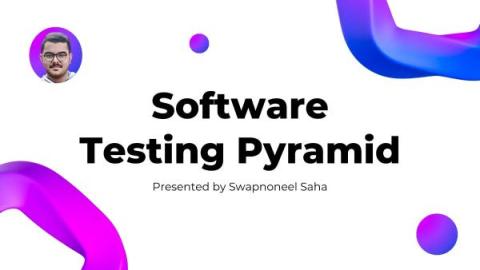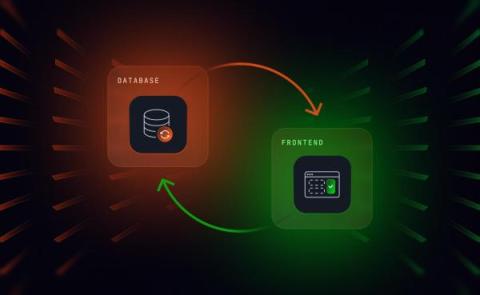Evelyn's Final Episode: Advice and Encouragement for a Career in Automated Testing
Today’s show is bittersweet as we bid farewell to our beloved co-host, Evelyn Coleman. She’s been instrumental in shaping our conversations and challenging our perspectives. We’ll reflect on Evelyn’s impact on the podcast, share lessons from her career, and discuss the ways automated testing is about so much more than just code. Press play for an episode of insights, farewells, and of course, a little humor.











